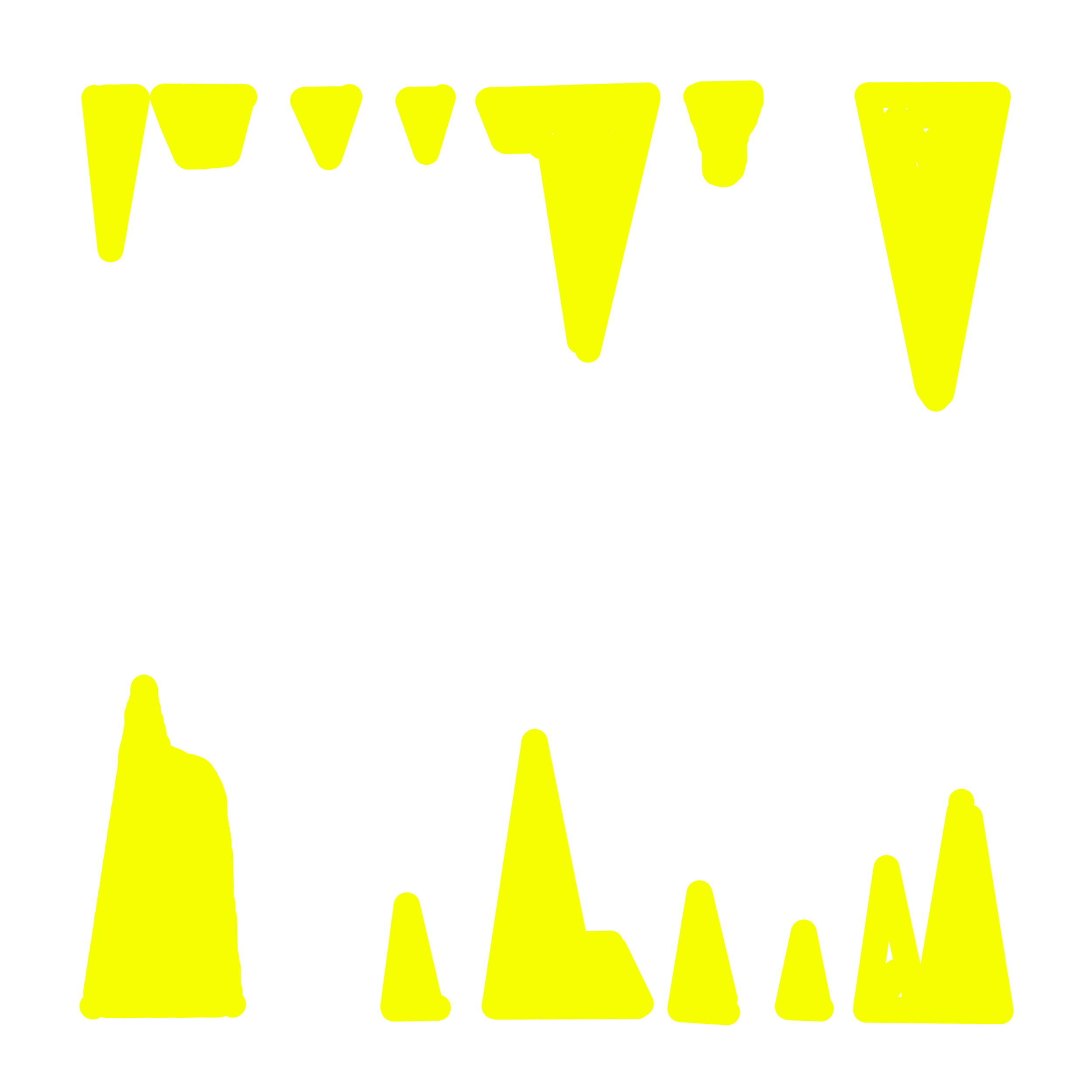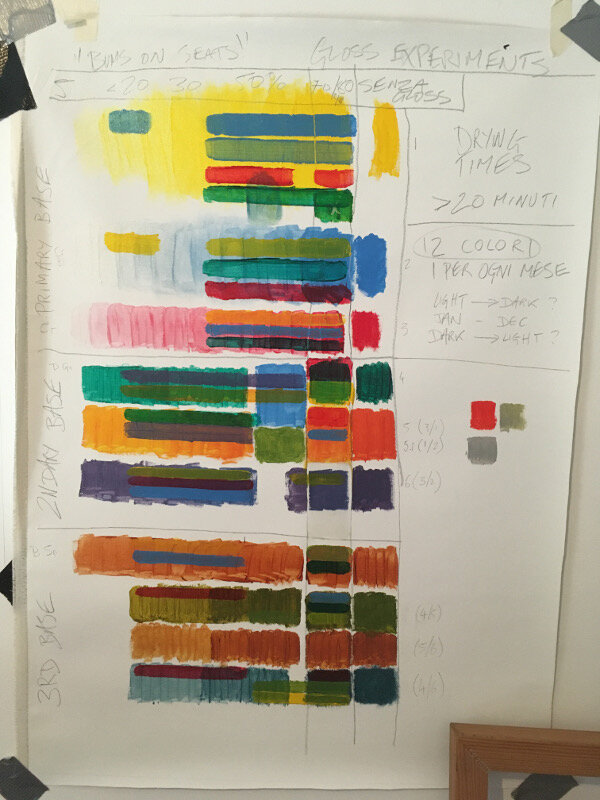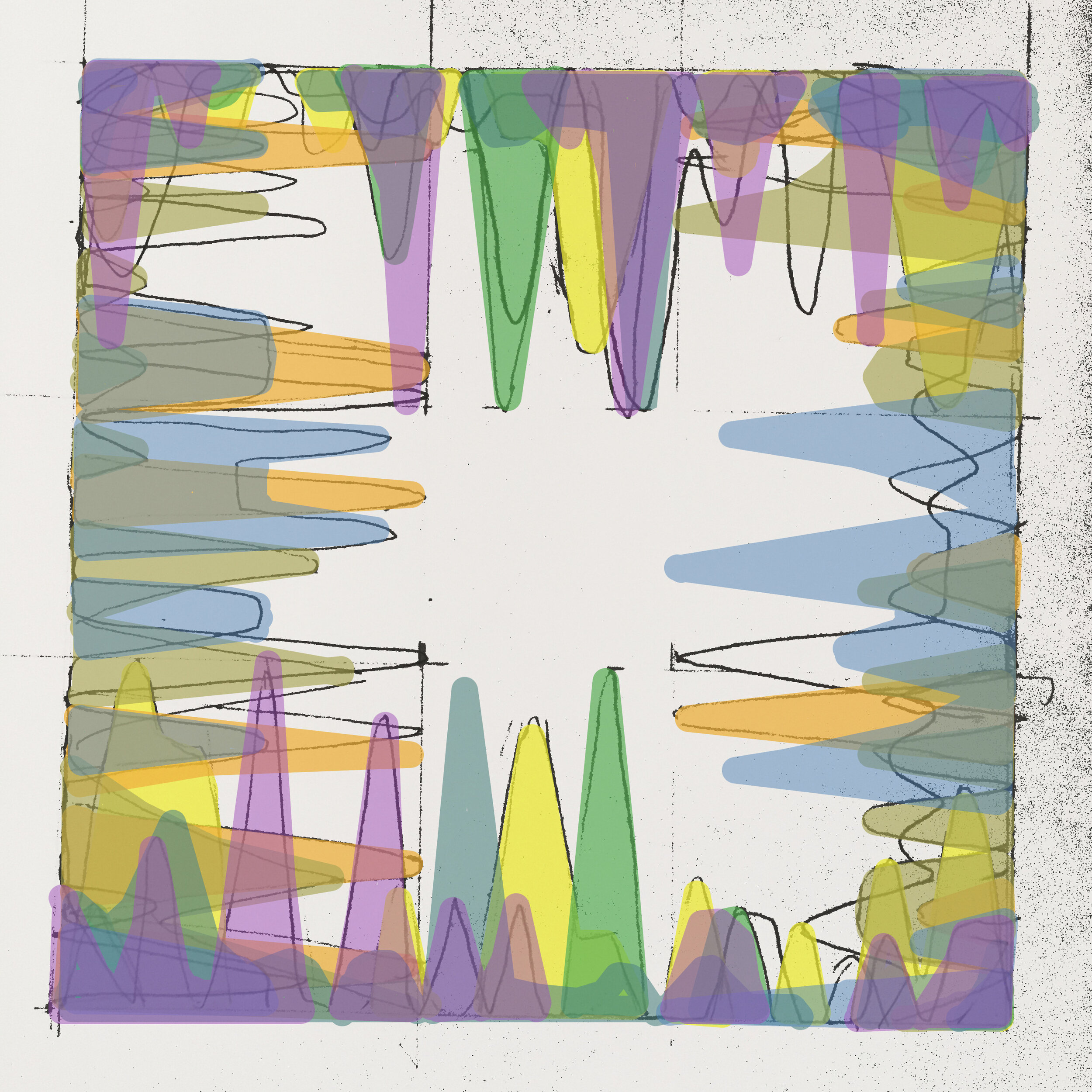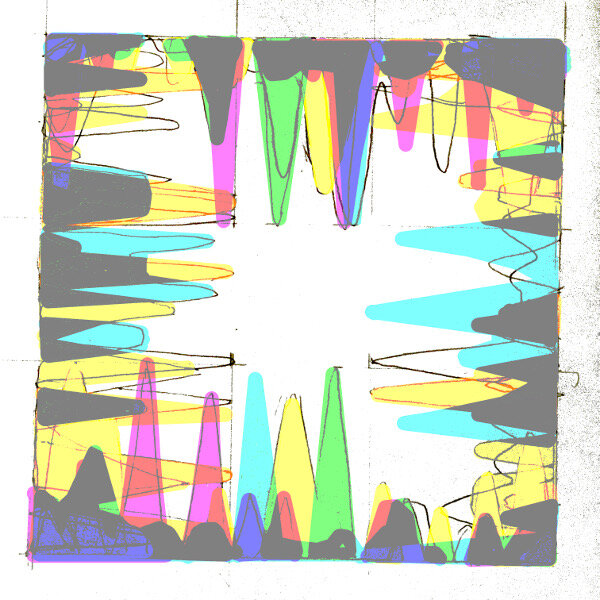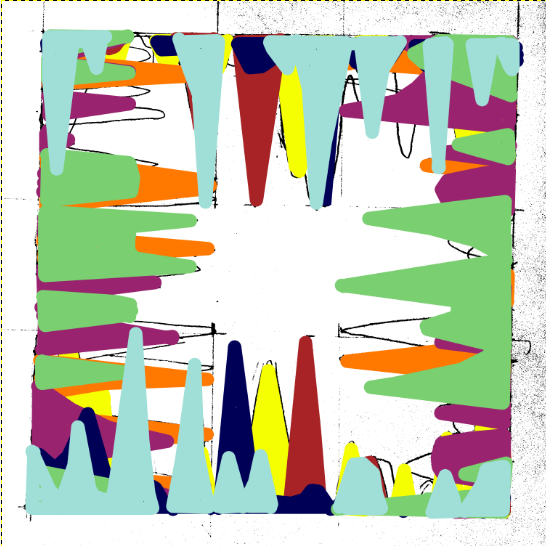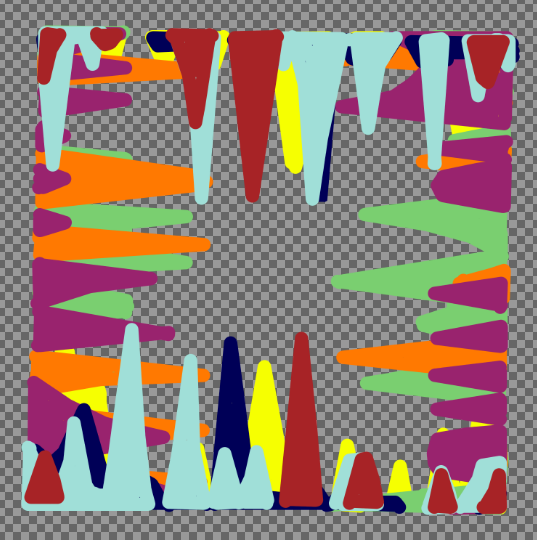There’s an old saying in the English theatre business, “Bums on seats, dear boy, bums on seats”.
I heard it many times during my brief tenure as a spotlight operator some years ago, either in the auditorium itself, in the green room or after the show and I used to cringe every time someone uttered it. In any case it humoured me that this stereotype really did exist and that how such a comment on attendance rendered the quality of the actual show largely irrelevant. All that matters is how many people saw it.
The story, characterisation, music, lighting, script, backdrop etc- all crunched into a series of figures that can be looked back on as evidence of a hit once the run is over.
I am of course referring to if a show is in any way more popular than expected. If there are lots of people to see it each time, then in most people’s eyes, it’s considered a success; even if the production is awful and strewn with errors, “you can’t argue with the box office”. The added hype that circles around popularity has always been impossible to stop before it naturally ends up like a used ticket stub in a wet gutter somewhere.
I only mention this back story as a type of introductory allegory for what could be discerned these days as a by-product of the ‘attention culture’ and to broach the subject of this post.
What is ‘attention culture’ and how did we get here? From my own perspective, artists have to compete with each other, let alone the general public and its difficult to say how long your ‘moment’ can last for; add to the story, add to the story, make it more goofy and irreverent so that everyone can see that you’re not a pretentious tosser.
Twenty four hours seems way too long in all honesty, it’s now down to mere seconds. It’s not just the creative industries either, anyone who publishes anything can become easily hooked on the rush that comes with grabbing someone else’s attention; stealing time from busy lives is essentially addictive…
I mainly speak of what social media has done to change our perception of what is considered as having the right kind of impact. I couldn’t count the number of times that I have fallen into the black hole of rolling news, dumb videos and other things far removed from what I initially logged on to do, just because I became quickly bored with it.
It seems quite vague as to why some things capture interest and others do not; how stuff becomes viral is anyone’s guess, most of the time it appears quite unintentional. The term ‘snowballing’ comes into this and can be achieved without a massive PR campaign.
The universal ease of the Internet is a blessing for many, speaking as an artist in a socially restricted time but it is also a massive problem. People have always made art for sure but the way that it is recorded, delivered and discussed has completely changed over the last ten years or so; the limited life spans of social media networks and fanzines are certainly evident of an increasingly temporal frame of mind. The damage that digital saturation causes is a common theory and a well known issue but it also led me to think of a new piece that could ask questions about the attention culture.
Next week in Part Two- Conceptual Outline



